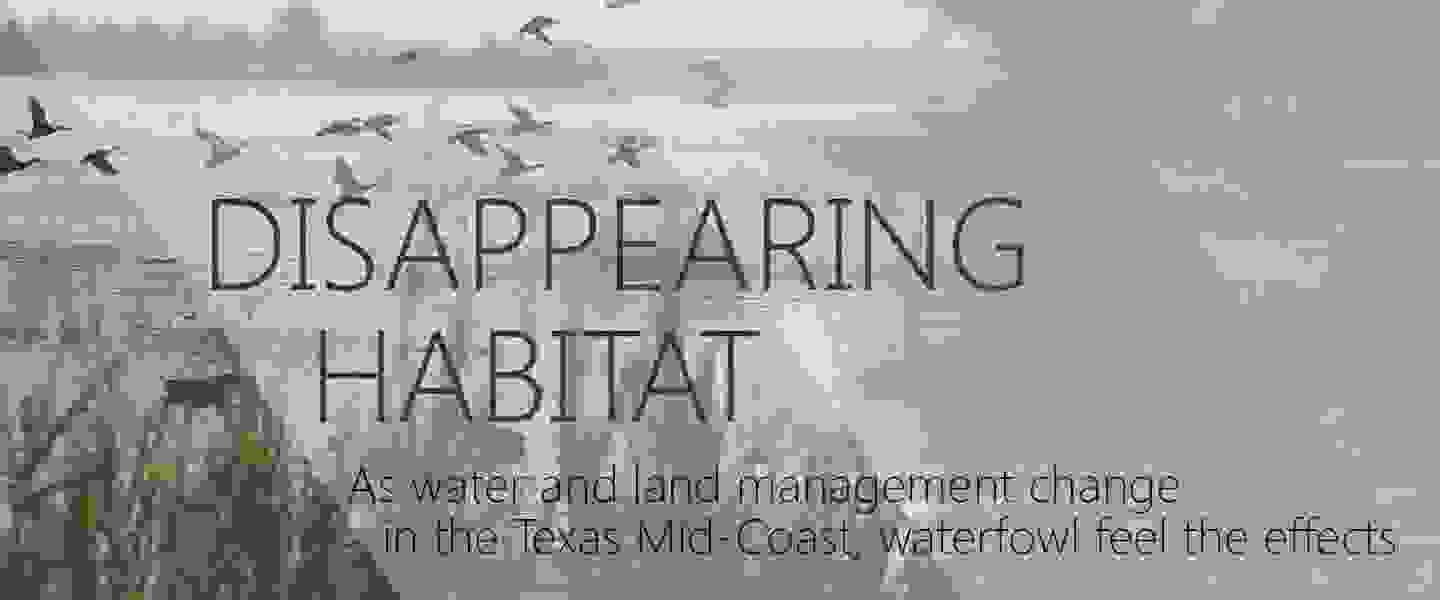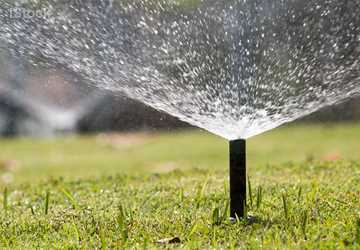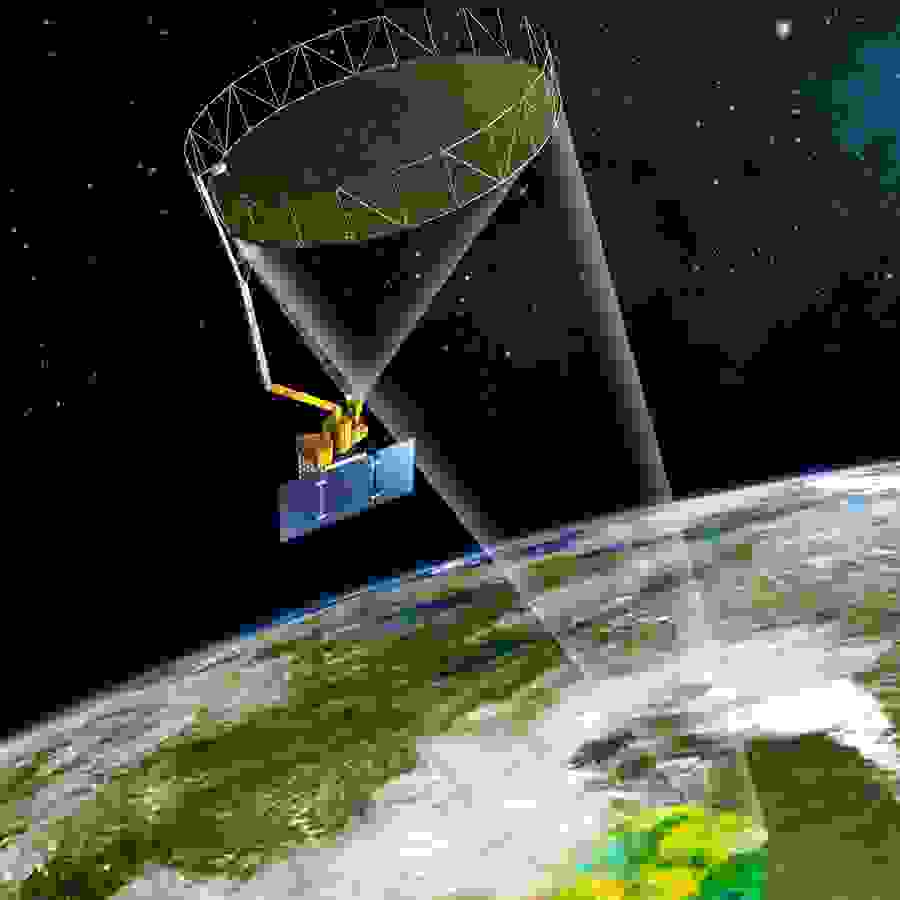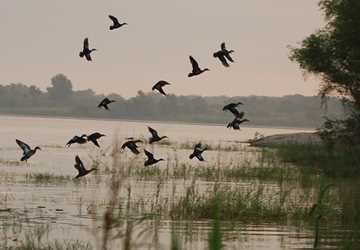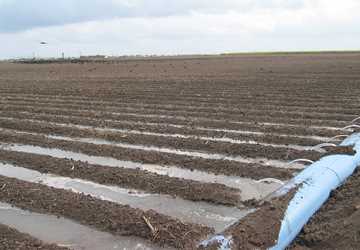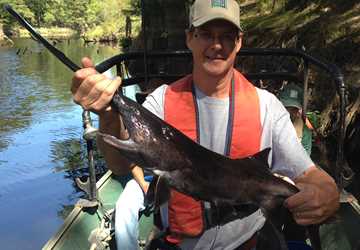By Leslie Lee
A rice field is every duck’s winter dream home. The managed wetland provides plenty of water and ideal habitat for ducks and other waterfowl. After harvest, leftover grain and other new plant growth provide an abundance of food, and the birds need it most that time of year. Storing up energy reserves before flying back north is essential to survival.
For most of the 20th century, the Texas Mid-Coast was heavily dotted with rice farms. Spanning roughly from Corpus Christi to Houston and as far north as Interstate 10 in Austin, Colorado and Waller counties, the Mid-Coast’s soil and weather were favorable to rice production, and water delivered from the nearby Colorado and Brazos rivers made rice operations possible.
Waterfowl populations flocked to these farms each fall to begin overwintering, and year after year, Texas hunters did too. The region was once considered one of the best waterfowl hunting destinations in all of North America.
End of an era
“We had been real fortunate to have a strong rice industry along the Texas coast for a long time,” said Kevin Kraai, Texas Parks and Wildlife Department (TPWD) waterfowl program leader. “Waterfowl took advantage of those valuable resources for many years.”
“Anytime you have rice production, you have basically an entire rice prairie wetlands complex,” said Ducks Unlimited Conservation Outreach Biologist Kirby Brown.

“Rice farming acres have been declining for decades; it’s not solely a recent phenomenon,” Kraai said. Beginning in the 1980s and accelerating around the turn of this century, a perfect storm of interconnected factors — urban and suburban growth upstream, intermittent drought and rural land use changes — began to affect the region’s rice acreage and waterfowl habitats in coastal prairie wetlands and marshes.
In 2011, Texas succumbed to a serious drought, and the region’s agricultural and waterfowl outlook quickly changed.
Upstream reservoir levels fell, triggering water restrictions for downstream irrigation. Beginning in 2012 in the Lower Colorado River Basin and in 2013 in the Brazos River Basin, water allocations for downstream agricultural operations were cut off. No water has been released since the restrictions began.
Rice farming acres have been declining for decades; it’s not solely a recent phenomenon.
In May 2015, heavy rains significantly raised lake levels in the region. However, river authorities will not make decisions on 2016 water releases for downstream agricultural users until Winter 2015-16.
“We’ve lost about 55,000 acres of rice in the Lower Colorado River Basin and roughly 18,000 acres in the Brazos River Basin since 2012,” Brown said.
For every 10,000 acres of rice farms lost, the Texas coast loses its ability to support 120,000 waterfowl, according to the Gulf Coast Joint Venture (GCJV), a multistate partnership conserving priority bird habitat.
Former rice belt now conservation priority
Rice producers and related industries, rural economies, waterfowl populations, landowners, bird watchers and hunters have all felt the effects of this major shift in the region’s way of life. Many conservationists hope for long-term changes in both conditions and water management. Until then, they’re facing the present circumstances head-on, working to preserve and improve as much habitat and rural land as possible.
“We continue to see marshes become more salty, due to both reduced freshwater inflows from upstream and increased saltwater flows up through canals into marshes that have never seen saltwater before, degrading them and making them less suitable for waterfowl,” Kraai said.
Freshwater wetlands have also been lost due to development and land use changes, drought, oil and gas exploration, urban expansion and agricultural changes from rice to other crops, he said.

TPWD conducts annual aerial surveys for population counts, in addition to collecting hunters’ harvest data. Recent surveys show significant declines in waterfowl populations and hunter success, Kraai said.
“In 2013 TPWD counted 1.3 million ducks and geese along the entire Texas coast,” he said. “That is a 61 percent decline from our recorded high in 1997 of 3.4 million waterfowl. We’ve seen an 84 percent decline of snow geese on the Texas coast since 1999, when the population was well over a million birds. Last year was the lowest number of snow geese counted on the Texas coast since 1960, and we only counted 181,000 birds.”
TPWD is working to slow these changes, mainly with GCJV and its partners, including Ducks Unlimited, the U.S. Department of Agriculture’s Natural Resources Conservation Service, the U.S. Fish and Wildlife Service and others.
“We’re working very diligently there; it’s by far our No. 1 priority in the state of Texas in terms of waterfowl management,” Kraai said. “It’s just an unbelievable challenge to keep that landscape viable for wildlife.”
In 2013 TPWD counted 1.3 million ducks and geese along the entire Texas coast. That is a 61 percent decline from our recorded high in 1997 of 3.4 million waterfowl.
The most integral people for conserving rural land and waterfowl habitat in the Gulf Coast are private landowners, he said. “Private landowners themselves probably don’t get the amount of credit they deserve for the work they do.”
TPWD and its partners are using GCJV and North American Wetland Conservation Act funds to implement freshwater habitat restoration and improvements on both private and public lands in the region. They are restoring habitats by planting native plants that provide food and energy resources for waterfowl.
“We’re especially prioritizing areas in what was historically rice country,” Kraai said. “We’re trying to overcome the loss of the waterfowl foods available from the rice industry.”
If rice farms move, waterfowl move
Once one of the continent’s most important waterfowl wintering areas, the Gulf Coast is no longer even the most important wintering area in Texas, according to TPWD data.
“Many of those birds have gone elsewhere, looking for the resources they need,” Kraai said.
In 2013, for the first time ever, the Texas interior actually wintered more ducks than the Gulf Coast, he said. Many waterfowl are also now wintering in Central or North Texas, some surviving on stock ponds, Brown said.
Some rice producers and industries have moved from the Mid-Coast to the Chenier Plain, southeast of Houston, which has a historic rice base and more available water, Kraai said. Waterfowl populations are shifting and following the rice, he said.
Once one of the continent’s most important waterfowl wintering areas, the Gulf Coast is no longer even the most important wintering area in Texas.
As these dramatic population shifts unfold, the long-term impacts on waterfowl food and energy reserves, migration and reproduction are unknown. Hunters and guides are optimistic that conditions will improve in the Mid-Coast, but concerns are still growing, Brown said.
“We saw the duck numbers really decline enough this year that everybody was talking about it,” he said.
Regional stakeholders go forward
As the region’s water supplies, environment and populations continue to change, river authorities and water managers also have a myriad of difficult tasks in this water-strapped era: educating urban water users about conservation, enforcing drought plans and restrictions, and budgeting water to supply millions of users.
Regarding recent years’ water cut-offs, Linda Campbell, former TPWD program director for private lands and public hunting, said, “The bottom line is that this is a water budgeting issue.
“It’s a budget. It’s a math problem. But, there’s no easy answer.”
The Lower Colorado River Authority (LCRA) announced in February 2015 that preliminary data showed the Highland Lakes in a new “critical period,” with conditions surpassing the previous drought of record in the 1950s. Highland Lakes’ water levels determine whether water will be released to downstream farmers or not.
In a news release, LCRA announced that it decreased its total reliable water inventory, or “firm yield,” by about 100,000 acre-feet, to 500,000 acre-feet per year. One LCRA strategy for adding to the supply is building an off-channel reservoir. Lane City Reservoir in Wharton County will be completed in 2017, adding up to 90,000 acre-feet per year to the supply, according to LCRA.
“Having the capacity to store more water downstream will reduce demands on upstream supplies,” Brown said.
Understanding the importance of water management and the true impacts of water release cut-offs on the people and natural resources downstream can be difficult for urban residents who don’t have a connection to rural land, said Campbell, an Austin resident.
“If they’re not duck hunters or coastal fishermen themselves, they may not understand the importance of freshwater inflows to marshes and estuaries along the coast,” she said.
Some regional stakeholders have formed the Lower Colorado River Basin Coalition, which Brown co-chairs, and includes Ducks Unlimited, agricultural producers, National Wildlife Federation, five county judges, coastal fisheries business owners, Audubon Texas, Sierra Club, rice industry suppliers and others.
“We want to talk about the drought and how it’s impacting everyone across the entire lower basin, not just rice farmers,” Brown said, “because it impacts the river, the river resources, riparian areas, fish and wildlife in the river, as well as the bays, salinity in the bays and marine fisheries resources.”
The coalition is supportive of the off-channel reservoir but focuses its efforts on calling for more “shared sacrifice” throughout the basin, he said.
“We’ve had some timely rain in recent years, and those rains from Austin down into the lower basin have been very good for both the river and the bays,” Brown said.
As water supply and management conditions continue to evolve, Kraai said TPWD and its partners will focus on leveraging partnerships to conserve as much habitat as possible.
“We cannot work alone; the task is too daunting,” he said. “We have to be realistic. We are probably not going to revert back to what that landscape looked like 50 to 100 years ago, but we’re going to do our best to make it suitable for waterfowl.”

